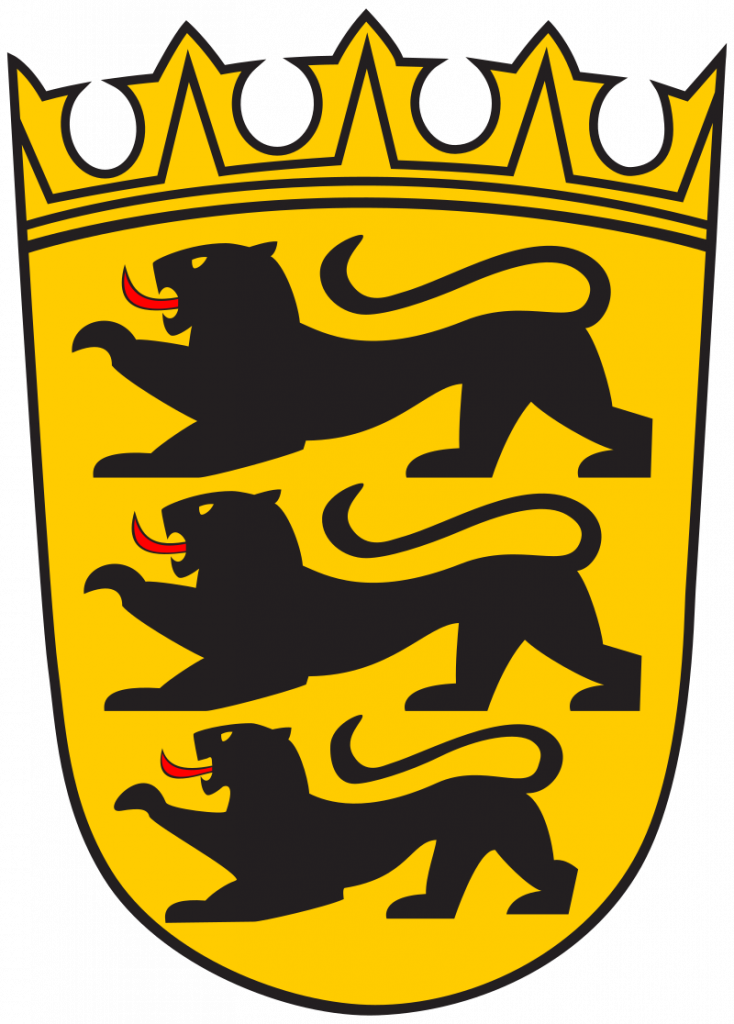Information concerning its history and why we use this term to characterize the area to which a Y-DNA ancestor of many Riehle and certain other German families migrated early in the first millennium.
In our discussion of the migration of a Y-DNA ancestor common to many Wagshurst and other Riehle’s as well as to other families in Southwestern Germany, we refer to the area where he resettled and where more recent ancestors of our DNA testers lived as “Swabia”. In modern Germany, Swabia generally refers to Württemberg and parts of southwestern Bavaria but this is a relatively recent usage.
Wikipedia tells us that by the mid-3rd century, groups of the Suebi formed the core element of the new tribal alliance which expanded towards the Roman Limes* east of the Rhine and south of the Main. They were often referred to as the Alamanni or sometimes the Suebi even at this time, and their new area of settlement came to be known as Suebia. By the late 5th century, the area settled by these peoples extended to Alsace and the Swiss Plateau, bordering on the Bavarii to the east, the Franks to the north, the remnants of Roman Gaul to the west. To this day, the French word for Germanic languages and all things German is “allemand“. By the 12th century, Suebia rather than Alamannia was used consistently for the territory of the Duchy of Swabia. Either term might have sufficed to describe the area we are describing but Swabia is more recognizable than Alamannia. Moreover, its enduring usage into the middle ages and through to modern times, with the Swabian coat of arms centered on the crest of the modern state of Baden-Württemberg, make it the better choice. The map at this link shows the broad expanse of Swabia early in the 10th century.
While inclusion of significant parts of France, Switzerland and Austria as shown on this map is a bit more than we would intend with our reference to Swabia, a wide scope is probably appropriate. We don’t know where our migrant was garrisoned (if he was indeed with the Roman Legions) or where he settled if he was later retired with the typical pension of land and/or currency. It might well have been in the area more significantly occupied by the Romans on the west side of the Rhine (now Alsace) although there were certainly Roman forces on the east side and down and beyond Lake Constance.
Today Swabian generally refers to a particular dialect and the areas in which that dialect is still spoken. As alluded to above, this area primarily encompasses parts of Württemberg and western Bavaria. The significance of its historic use is however highlighted in the crest used by the modern German state of Baden-Württemberg, which is constructed around the historic coat of arms of Swabia as shown above.
* Though certainly related to the “Roman lines” this is not a typo. Limes is Latin for limits or borders and is used to describe Roman defensive perimeters against the “barbarians”, especially in Germania and Raetia. A map outlining the Roman Limes at this link provides an excellent summary of Roman military installations in the second century. For reference, you can easily identify Strassburg (Argentorate) while Stuttgart is shown by the Roman name, Bad Cannstadt.
